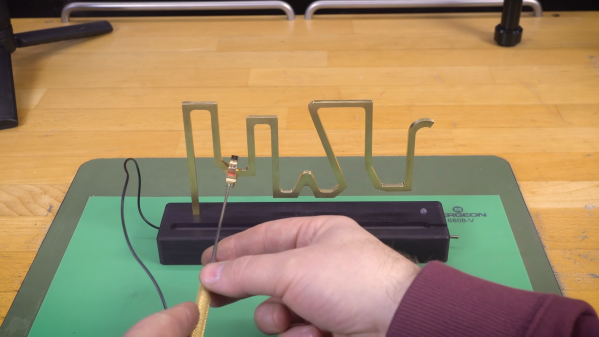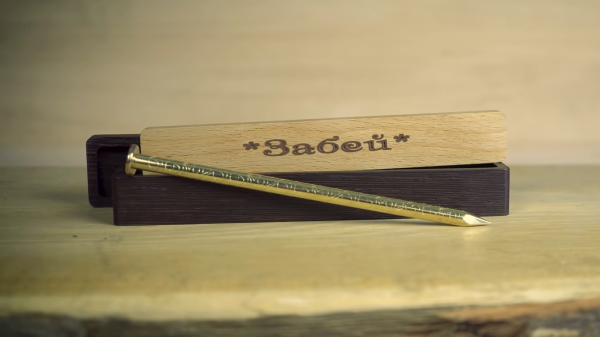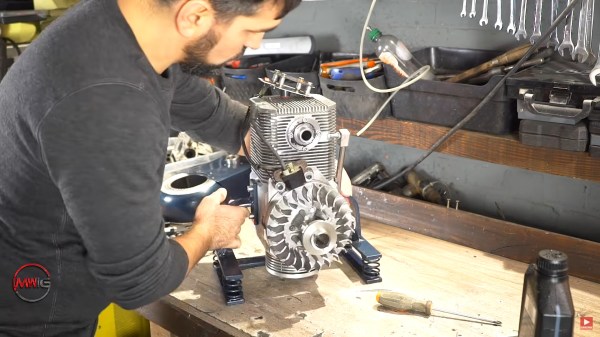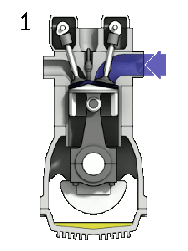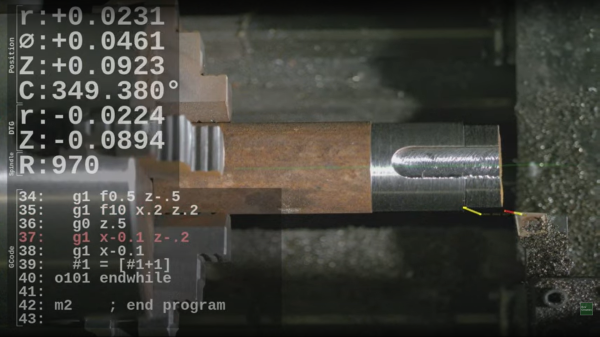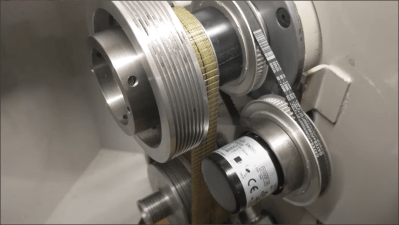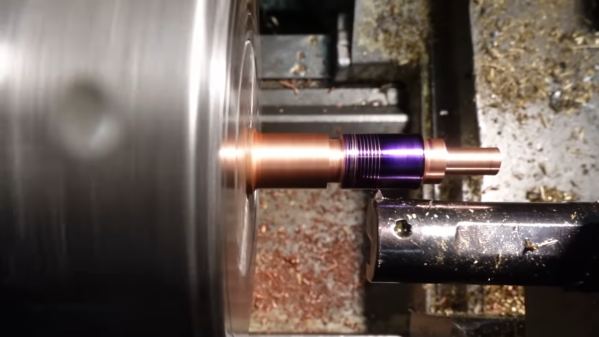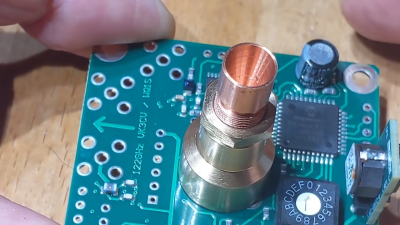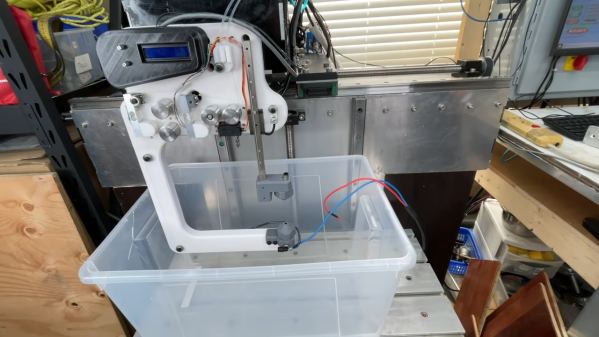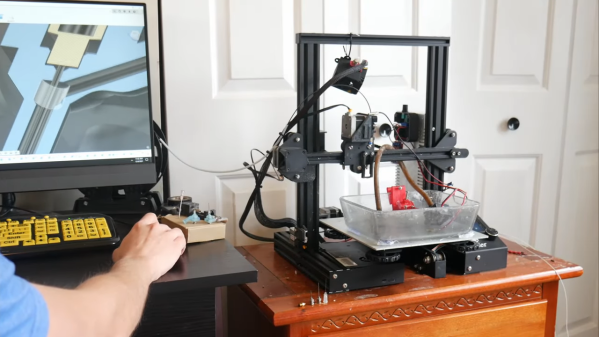The simple wire-loop game is often built as a fun project to teach students about electronics. [W&M Levsha] built their own version, showing off their fine crafting and machining skills and branding it as a sobriety test with the playful name “Breathalyzer.”
The mechanics of the game are quite simple. The player must guide a metal ring around the puzzle without touching it. A buzzer and light is used to indicate to the player when they’ve failed, with the project powered from a small lithium-polymer pouch cell charged via a USB port.
Where this build really shines is in the presentation, with [W&M Levsha] showing they really have what it takes to do great work in brass. Rather than a simple bent wire, we’re instead treated to a delicately-formed beam of rectangular cross-section hewn out of a single piece of metal. It’s paired with a nicely-crafted wand with a knurled handle.
We’ve seen similar displays of their exquisite craft before, too – such as with a bespoke toothbrush and a powder-powered lighter. Video after the break.
Continue reading “Fancy Wire Loop Game Is A Beauty In Brass”

